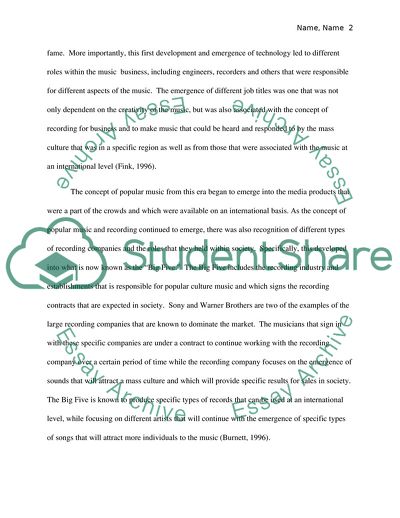Cite this document
(The Development and Evolution of the Music Industry Term Paper, n.d.)
The Development and Evolution of the Music Industry Term Paper. Retrieved from https://studentshare.org/music/1737823-working-in-the-music-industry
The Development and Evolution of the Music Industry Term Paper. Retrieved from https://studentshare.org/music/1737823-working-in-the-music-industry
(The Development and Evolution of the Music Industry Term Paper)
The Development and Evolution of the Music Industry Term Paper. https://studentshare.org/music/1737823-working-in-the-music-industry.
The Development and Evolution of the Music Industry Term Paper. https://studentshare.org/music/1737823-working-in-the-music-industry.
“The Development and Evolution of the Music Industry Term Paper”. https://studentshare.org/music/1737823-working-in-the-music-industry.


